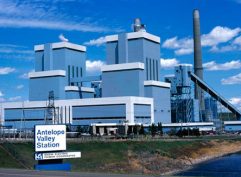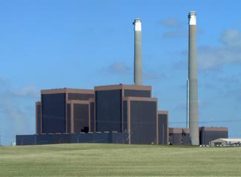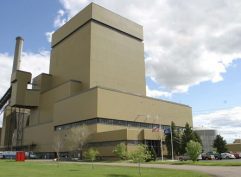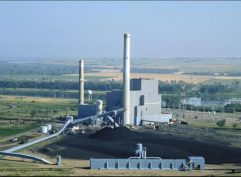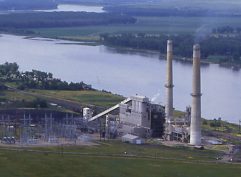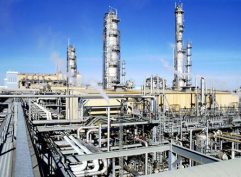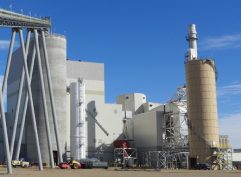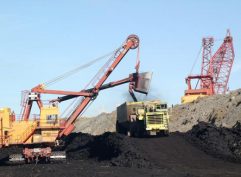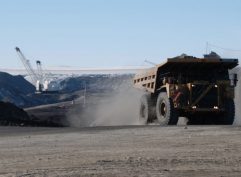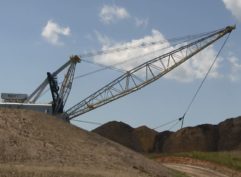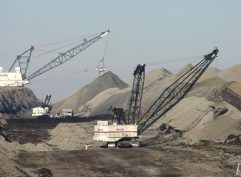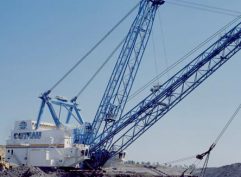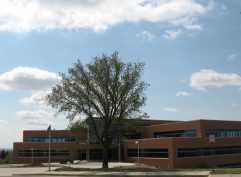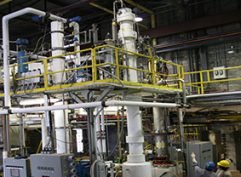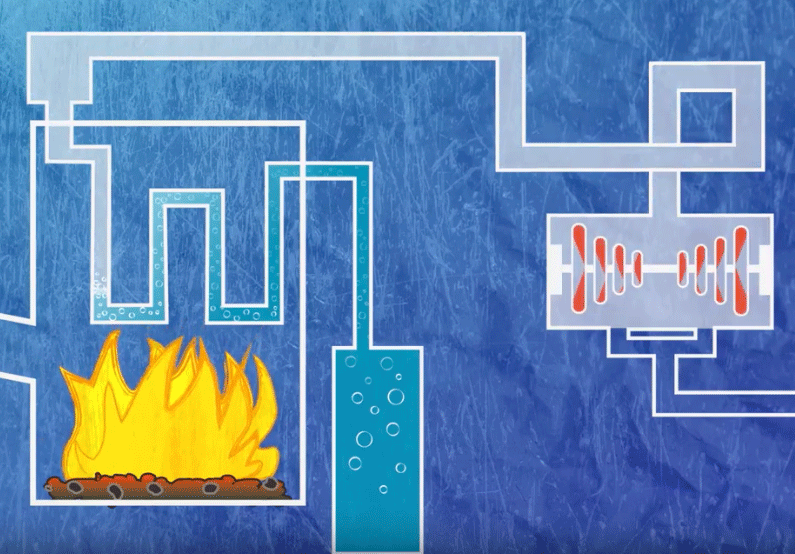Percentages of How Lignite Energy Is Used
Electricity Generation
Synthetic Natural Gas Generation
Fertilizer Products Production
Home Heating, Fertilizer and Oil Well Drilling Mud
Consumers and businesses in the Upper Midwest using lignite-generated energy
Homes and businesses in the East using electricity from the Great Plains Synfuels Plant
Fly Ash
Fly ash is a fine particulate waste product produced during coal combustion. When used instead of cement, the ash enhances the quality of the finished concrete product by making it stronger, more durable and easier to finish. Some producers are now replacing 30 percent or more of their cement with fly ash. Cement production is an energy intensive process and more than a ton of carbon dioxide is emitted for each ton of cement produced. However, each ton of fly ash used in place of cement reduces greenhouse gases by at least a ton. Learn More >>
Bottom Ash
Bottom ash can be used as an aggregate in road bases, pavement and cement. It also serves as a good alternative to sand for roads in the winter.
Waste Heat
As coal is burned in a power plant to produce electricity, there is a significant amount of heat generated from the boiler that typically goes unused. However, recently many coal-fired power plants are looking to utilize this waste heat to produce ethanol. The most expensive part of an ethanol plant is the boiler required to produce the ethanol. Eliminating the need for a boiler by using a coal plant’s waste heat saves millions of dollars and only requires that the ethanol plant be built next to a coal-based power plant.
Through the process of coal gasification to produce synthetic natural gas there are several useful byproducts that can be made:
Dephenolized Cresylic Acid
Dephenolized cresylic acid is used in the production of industrial solvents, industrial resins and antioxidants. It is also used in the manufacture of pesticides. Through further refining it can be made into cresol, which is used in disinfectants, perfumes and preserving agents.
Catechols
Catechols are used to manufacture pharmaceuticals, insecticides and food flavoring.
Naphtha
Naphtha is used in the production of gasoline and benzene. It is also used as a fuel for camping equipment, a cleaning fluid, an ingredient in shoe polish and even a medium in oil painting.
Phenol
Phenol is used to manufacture the resins that bond plywood together and is also used in the casting industry.
Carbon Dioxide
When sequestered, or stored, carbon dioxide can be piped to partially depleted oil fields where it is used to enhance oil recovery capabilities. Doing this prolongs the life of the oil field and allows more oil to be recovered than by drilling alone. Learn More >>
North Dakotans benefit in multiple ways from affordable and reliable power generated at the state’s lignite-based power plants.
Low-cost electricity helps farmers and businesses because it lowers their operational expenses and allows them to be competitive on an international level. It also promotes industrial and economic development, since low electricity costs attract new business and help retain our existing companies.
Low-cost electricity is particularly beneficial to our region as we consume high amounts of energy because of our weather extremes while enjoying some of the lowest electric rates in the nation.
North Dakota’s average electric rates are among the lowest in the U.S., and about 13,000 jobs in the state are due to the lignite industry. In fact, people working for the coal industry in North Dakota enjoy some of the state’s highest wages. North Dakota’s economy receives about $5.4 billion in total business activity due to coal, and about $130 million in state tax revenue annually.
Western North Dakota has over an 800-year supply of lignite that is currently accessible and economically feasible to recover.
Lignite is more accessible than other types of coal because lignite veins are located relatively near the surface, eliminating the need for underground excavation in tunnels. Surface mining also eliminates the risk of methane or carbon monoxide buildup, a primary safety concern in underground mining.
Lignite mining is not totally without risk. As lignite mines are excavated, there is some risk that the pit’s tall, sloped earthen walls could collapse after a heavy rain. However, such incidents are extremely rare, in part because the industry has developed constant monitoring systems to alert managers when weather might be affecting mining conditions. The most common accidents in lignite mining are associated with the maintenance and operation of the heavy equipment required to dig and haul the coal. Injuries are rare and usually minor.
Safety is an ongoing priority for the companies that mine lignite in North Dakota. In September 2005, North Dakota’s Freedom Mine won the “Sentinels of Safety” Award from the Federal Mine Safety and Health Administration. The award is a special recognition for large surface coal mines.
The 800-year supply of lignite is based on a supply of 25 billion tons and a current production rate of 30 million tons per year.
Source: Strippable Lignite Deposits of North Dakota, Edward C. Murphy, North Dakota Geological Survey, 2001.
Lignite-based power plants in this region generate electricity at a cost significantly below that of all coal and natural gas power plants nationwide.
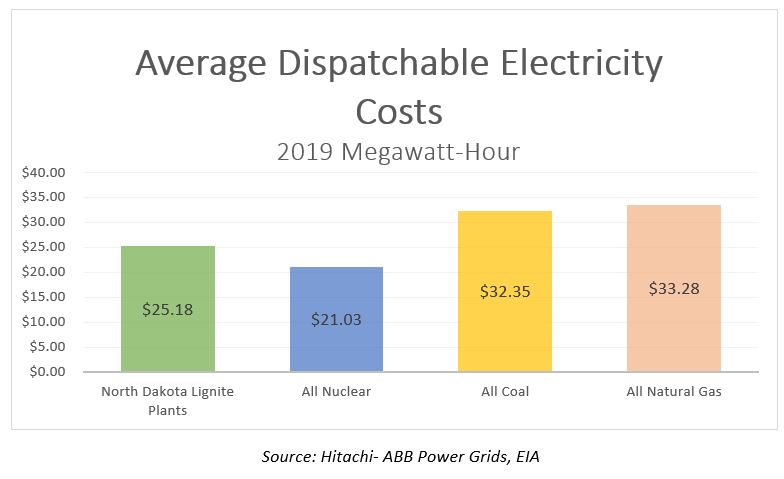
2019 Production Costs per Megawatt Hour |
||
| power plant | costs per Mwh | |
| Antelope Valley Station | $20.60 | |
| Leland Olds Station | $25.57 | |
| Milton R. Young Station | $25.80 | |
Average cost of all coal power plants nationwide is $32.35Sources: Hitachi - ABB Power Grids, EIA |
||
The use of lignite to generate electricity results in lower electricity costs for consumers, farms and businesses in North Dakota, Minnesota, South Dakota and Montana.


